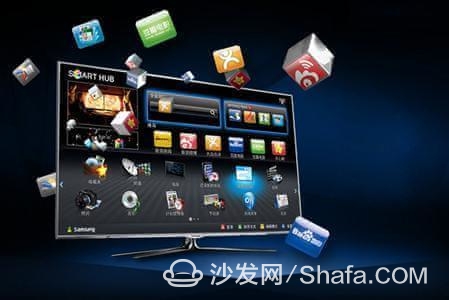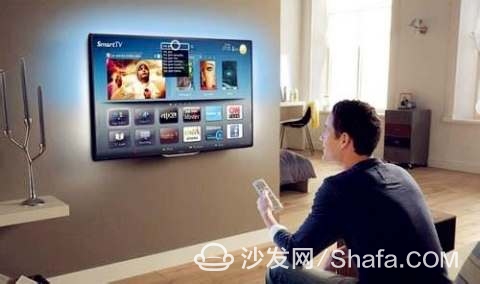"Smart TV" and "Internet TV" are not the same as before buying!
Last week, the author received a friend's advice: “My dad bought a smart TV and can play video on demand, but can't install any software.......â€. After careful inquiry, he came to the conclusion that the original TV set of the netizen was not a true smart TV at all, but only an Internet TV set that could be accessed on the Internet. 
According to Ovid Cloud's color TV industry data in November 2017, the color TV industry sold 6.48 million units in November, of which smart TV accounted for 90%.


Smart TV/box information can focus on smart TV information network sofa butler (http://), China's influential TV box and smart TV website, providing information, communication, TV boxes, smart TVs, smart TV software, etc. Answering questions.

In other words, even if smart TVs are far more content, functions, and experience than other types of TVs, the coverage of smart TVs has not yet reached 100%. So what are the differences between smart TVs and other non-smart TVs? How can we determine whether a TV is a smart TV?
Differences between smart TVs and other non-smart TVs:

To understand and understand the difference between smart TV and general television, we must first have a clear understanding of the most common TV types in the industry.
Traditional TVs: The big heads used for television and the original LCD TVs fall into this category. The function is very single - whether it is to receive radio and television digital signals, or connect the local VCD, game consoles, traditional TV can only passively receive and display video, does not support the installation of any software, can not carry out any signal processing.

Internet TV: The product of the traditional combination of traditional TV and Internet technologies, on the basis of preserving the traditional TV display capabilities, can connect to the Internet and support the playback of video on the Internet (on-demand). Internet TV has made great progress in terms of video resource richness and playback freedom compared to traditional TVs. However, there are also disadvantages that do not support the installation of software and are extremely deficient in functionality.
Smart TV: As with smart phones and computers, it has its own operating system - this is also the essential difference and significant advantage of smart TVs and other non-smart TVs: We can use the platform provided by the operating system for smart TVs. Free installation of all kinds of TV software; In addition to connecting to the Internet for free after watching live, on-demand, you can also go online, play games, listen to music, open hot spots and other operations.
The biggest difference between smart TVs and non-smart TVs is whether they have an operating system. We can understand the difference between the three TV sets using the relationship between the Big Brothers in the 80s, Nokia in 2005, and the current iPhone X.
Smart TV determination method:
After booting, enter the "Settings" page to check whether there is system information.
What to do if you have bought a non-smart TV?
If you have already bought a non-smart TV, you may wish to use a TV box to upgrade it to a smart TV: The TV box is equivalent to the host of the smart TV. Apart from no screen, the functions and experience are almost the same as those of the smart TV. Support your own TV video interface (this method is also suitable for upgrading old TV).
Smart TV/box information can focus on smart TV information network sofa butler (http://), China's influential TV box and smart TV website, providing information, communication, TV boxes, smart TVs, smart TV software, etc. Answering questions.
For diifferent USB types, micro USB, mini USB, etc. The logo, color or shape can all made as customers' requirement. With more than ten years of experience and capabilities assisting our customers in various industry, ETOP would be confident to be your qualified AVL and reliable manufacturing partner.
Related Products:usb cable,micro usb cable,usb data cable.
Data Cable,Data Flexible Electrical Magnetic Cable,Usb Data Cable,Micro Usb Cable,USB Connector
ETOP WIREHARNESS LIMITED , https://www.oemwireharness.com